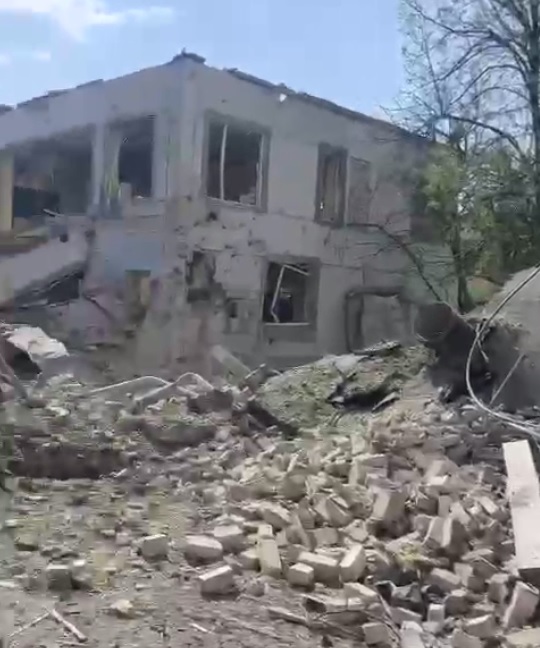Support Ukraine now or pay more later, Dutch think tanks tell West
Two prominent Dutch think tanks warn that scaling back aid to Ukraine could lead to far greater costs for Western nations in the future, urging continued support despite short-term financial pressures.
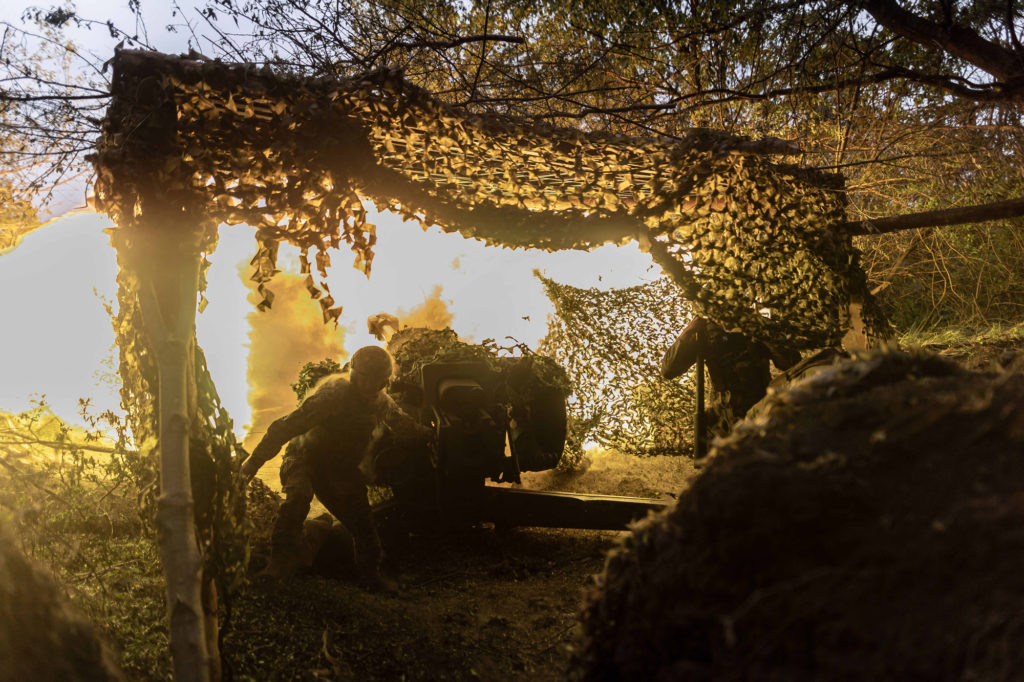

Two Dutch think tanks, the Clingendael Institute of International Relations and The Hague Centre for Strategic Studies, have released a policy paper that analyzes how three possible scenarios of Russia’s war against Ukraine—a Ukrainian victory, protracted conflict, and Russian victory—would impact Europe and the USA.
The policy paper by Tim Sweijs, Bob Deen, and Roman de Baedts, first published in Dutch in April 2024 and later published and translated into English in May with the title “Freedom isn’t Free | A cost-benefit analysis of support for Ukraine,” analyzes the costs and benefits of three different outcomes across three dimensions: the geopolitical and security dimension, the financial-economic dimension, and the international legal and moral dimension.
This policy paper resulted from an ongoing discussion within the Netherlands regarding the current state of affairs regarding the Russo-Ukrainian War. The authors note that Ukraine continues to hold its ground, in part because of Western aid.
However, in recent months, momentum on the battlefield has, to some extent, pivoted back to Russia due to its superior numbers and resources. This is in addition to the pause in Western support, as the US put its military aid to the Ukrainian Armed Forces on hold earlier this year.
The authors note that the overall situation put Ukraine into a defensive position for the time being. This, in turn, sparked debate within the Netherlands despite the country’s current broad parliamentary support for Ukraine. Discussions center on whether to maintain or reduce aid, considering the potential impact on the war’s outcome.
The Dutch think tanks decided to make an inquiry into exploring the possible consequences inhibited in maintaining or reducing Western aid to Ukraine. The think tanks make the following conclusions based on their combined analysis with regard to Western support for Ukraine:
- A Ukrainian victory, even if it occurs in the long term and requires extensive and prolonged support from Western powers, is by far the best outcome for Europe. Across all dimensions, except for the increased risk of nuclear escalation associated with a Russian defeat and the short-term financial costs of supporting Ukraine, the cost-benefit analysis of this outcome is the most favorable.
- However, a future American administration may decide that for the US, a protracted conflict in which Russia remains tied down in the long term is a more cost-effective strategy than a Ukrainian victory.
- Even if the Americans completely cease or significantly reduce support to Ukraine, it remains the preferred strategy for Europe to continue fully supporting Ukraine, as the costs of a Russian victory on all dimensions are much higher than those of a protracted conflict.
Scenario 1: Ukrainian victory
The authors state that if both Europe and the US set aside their internal political disagreements and provide Ukraine with maximum support, the country is capable of achieving a military victory in the long run.
When Western coalition partners supply sufficient ammunition and weapon systems over a longer, consistent period of time, including adequate long-range artillery, anti-aircraft ammunition, and F-16 fighter jets with standoff weapons, then Russia’s industrial and material advantages over Ukraine can be nullified. In this way, Ukraine could be able to force a breakthrough and recover its territories.
In the long term, Russian military losses will become too high, and the Russian economy and industry will not be able to sustain a prolonged confrontation with the West. This reflects current discussions surrounding Russia’s economy and the question of whether it will be able to withstand such pressure for a longer period of time.
These high costs, combined with potential political instability in the Kremlin, could result in an Afghanistan-like scenario in which Russia is forced to withdraw its troops partially and Ukraine can recapture large parts of its pre-2014 territory.
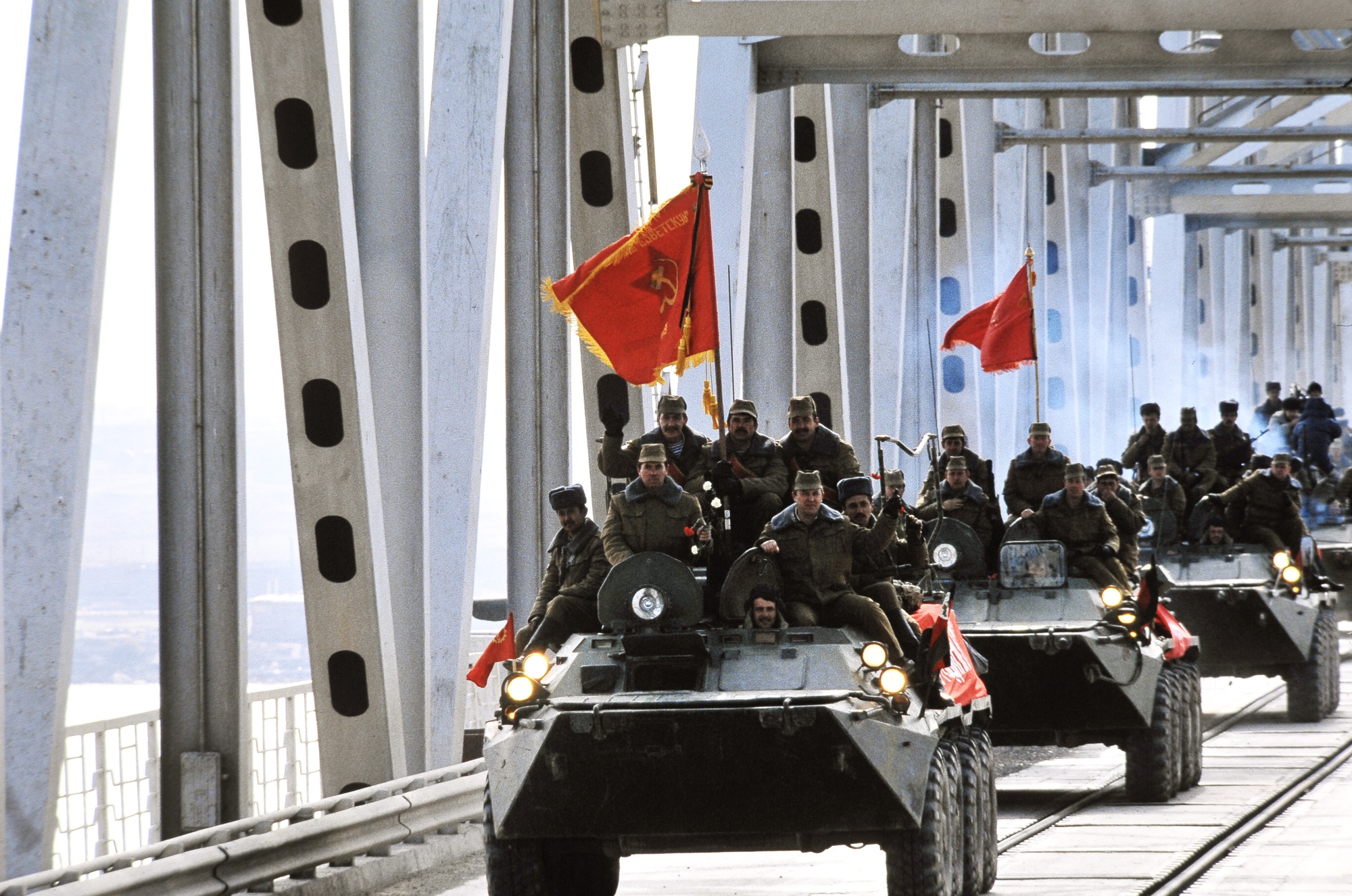
Benefits of victory
The most immediate effect of a Ukrainian victory is that it will dramatically strengthen the Western geopolitical position. A defeated Russia will not pose a direct conventional threat to NATO in the short to medium term because it will temporarily be unable to launch a large-scale military offensive.
Ukraine could join the NATO alliance, enabling NATO to rely on the large and experienced Ukrainian armed forces and military industry in any potential future war with Russia.
The short-term risk of escalation from the Russian Federation remains, particularly in the nuclear domain, but it would be limited if Russia decides to withdraw after heavy losses in Ukraine.
Furthermore, if military escalation were to occur in the future, the main focus would shift significantly further eastward.
Additionally, a Ukrainian victory strengthens the cohesion of the NATO alliance. States on the eastern flank, such as Poland and the Baltic states, will particularly feel bolstered. Thus, a Ukrainian victory also has a positive effect on the credibility of NATO deterrence.
In addition, Ukrainian refugees in Europe may return, leading to significant cost savings in terms of refugee accommodation. Additionally, Europe gains a friendly partner country with good political and security relations.
Economically, the reconstruction and European integration of Ukraine will lead to economic growth from which European member states can benefit. Moreover, Europe will have access to Ukraine’s vast agricultural lands, which could be a significant pillar for future European food security, its immense industrial potential, and large reserves of critical raw materials that Europe needs. Prior to the Russian invasion, Ukraine produced 7% of the global supply of titanium and possesses one of the largest reserves of graphite in Europe.
A Ukrainian victory also signifies the prevalence of international law over the law of the jungle. The fundamental principles of Article 2.4 of the UN Charter regarding territorial integrity and political sovereignty are upheld. This strengthens Europe’s credibility as a guardian of international law and lowers the possibility of flashpoints erupting in different areas of the world.
Costs of victory
In this scenario, alongside significant benefits, there are also costs. Firstly, the authors argue that a Ukrainian victory may entail a limited but existing risk of nuclear escalation.
Specifically, the reclamation of Ukrainian territory that is of significant political importance to Russia – including Crimea – will amplify this risk.
Additionally, the financial costs for Europe and the US will be substantial. There will be a need for significant investment in establishing and expanding both European and Ukrainian defense industries, and weapon and ammunition production must be significantly ramped up.
Moreover, defense budgets for the coming years still need to increase to enhance NATO’s capabilities and
deterrence, as well as replenishing their own supplies.
Scenario 2: Protracted conflict
Should the US cease its support, it becomes unlikely that Ukraine can achieve a complete victory, but with a concerted effort from Europe, it is possible to prevent further losses.
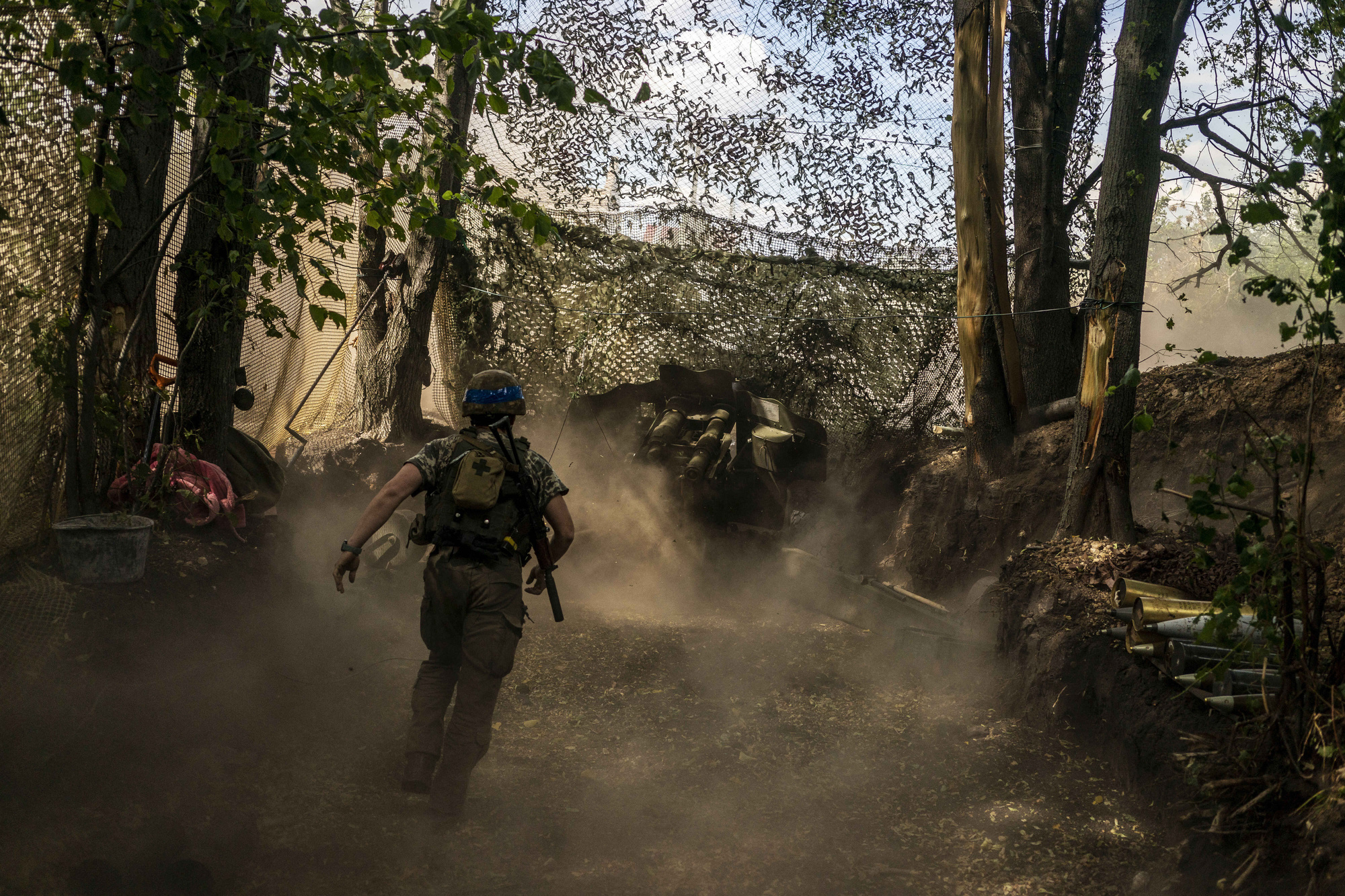
The current military situation, characterized by a relatively static battlefield without major shifts (described by former Ukrainian commander Zaluzhnyi as a ”stalemate”), will persist, and geopolitical tensions and the risk of escalation will remain.
Limited benefits
The benefits, in this case, are much more limited. Russia’s threat persists, and the country has the opportunity to arm itself further, although Russia will primarily need to continue its military efforts to sustain the war in Ukraine.
Ukrainian refugees cannot return in large numbers, and new people will flee, given the hopelessness of the situation, but the number of refugees is unlikely to increase as rapidly as during the early stages of the war.
International stability remains under pressure but does not suffer further damage. If Russia is stopped, Europe’s credibility as a guardian of the international legal order is not further compromised, and the continent takes a step towards its own strategic autonomy by taking responsibility.
Unstable outcome
The danger of this scenario is that while it maintains the status quo, it is not a stable outcome. Russia still poses a military threat to NATO, and the risk of escalation to a direct conflict remains. When the opportunity arises, a rearmed Russia will once again attempt to take parts of Ukraine.
Partial cessation of support sends a message to other states threatening the international legal
order that the West may provide support in the event of military aggression but that this support is temporary. This has a negative impact on NATO’s deterrence.
In case of a protracted conflict, the financial costs for Europe will remain high for an extended period. Significant financial and military support will be needed over a longer period to sustain Ukraine without US involvement.
Additionally, Ukraine’s economic potential remains untapped due to the continuation of the war, and there is a high likelihood that the protected status of refugees will need to be extended.
Scenario 3: Russian victory
The cessation of military and financial support from both the US and Europe significantly worsens Ukraine’s military situation. Without Western ammunition and resources, Ukraine will lose further territory.

The Ukrainians will resist fiercely, but eventually, the country will have no other choice but to accept the de facto occupation of large parts of its territory and make extensive concessions to Russia regarding neutrality and perhaps even partial demilitarization.
The policy paper doesn’t go into much detail on what this would imply for Ukrainians living in the occupied territories. However, much has already been published on what Ukrainians living under Russian control are going through at the moment, with the UN Special Rapporteur on Torture, Alice Jill Edwards, saying that torture by Russian forces in occupied Ukrainian territories is systematic and organized, not random.
One could, therefore, guess what this would mean if this situation were extrapolated to the entire country.
Saving financially and replenishing own supplies
The main benefit of this scenario is the short-term financial savings for Europe. Ceasing support to Ukraine will economically save Europe the amounts that were planned for long-term assistance to Kyiv.
Additionally, in an “own defense first”- approach, member states will be able to replenish their own
military supplies more quickly, as weapon deliveries to the conquered Ukraine are halted.
The fact that this particular point of the policy paper is quite limited in its content is quite telling in and of itself. The authors do, however, extensively describe what a worst-case scenario might look like.
The worst possible scenario
In terms of Europe’s security situation, the authors argue that this is the worst possible scenario. A Russian victory and occupation of large parts of Ukraine will grant Russia access to Ukraine’s industrial potential and resources. Russia will rearm itself and, in the foreseeable future, pose a real threat to the NATO alliance once more. It can expand its military presence in Ukraine and Belarus, at the borders of several NATO allies.
This could entail possible clashes between NATO and Russia in the future, of which several high officials from the European and US intelligence establishments, as well as officers and politicians from various Western armies, have been warning about for the last year.
A Russian victory significantly undermines Western deterrence, thereby increasing the risk of a direct war between NATO and Russia. Ceasing support confirms the perception that Western democracies have limited resolve and are unwilling to bear the costs of a large-scale conflict over an extended period. A Russian victory also signals to third parties that aggression pays off. This increases the likelihood of revisionist states resorting to large-scale violence to achieve political aims.
Furthermore, ceasing support will undermine NATO cohesion. States on the eastern flank with a history in the Soviet Union or the Warsaw Pact feel abandoned and directly threatened in their existence. This could lead to cracks and possibly even fractures within the alliance.
This scenario also negatively impacts the relationship between Europe and the non-occupied part of Ukraine, which sees its hopes of EU and NATO membership go up in smoke.
Armed resistance against Russia, large-scale refugee flows, and further instability at the borders of EU and NATO territory are, therefore, real possibilities.
On the economic front, the long-term consequences of a Russian victory will also be significant.
Russia will be able to rearm itself. The Russian threat to NATO territory will increase. In this scenario, the European NATO allies will need to significantly increase defense spending, possibly even doubling it if the US decides to leave Ukraine to its own devices, according to the Dutch Minister of Defense.
While refugee flows toward European countries are currently decreasing, a Russian victory will instead lead to a new wave of Ukrainian refugees. Most Ukrainians prefer to stay in their country, even during
wartime, but this will be different in the case of a Russian occupation.
The longer the war lasts, and the less territory Ukraine recaptures, the higher the costs of reconstruction will be and the fewer economic benefits the EU can expect in its candidate member state.
With regard to international law and moral values, a Russian victory constitutes an assault on the international legal order and the core principles of territorial integrity and sovereignty.
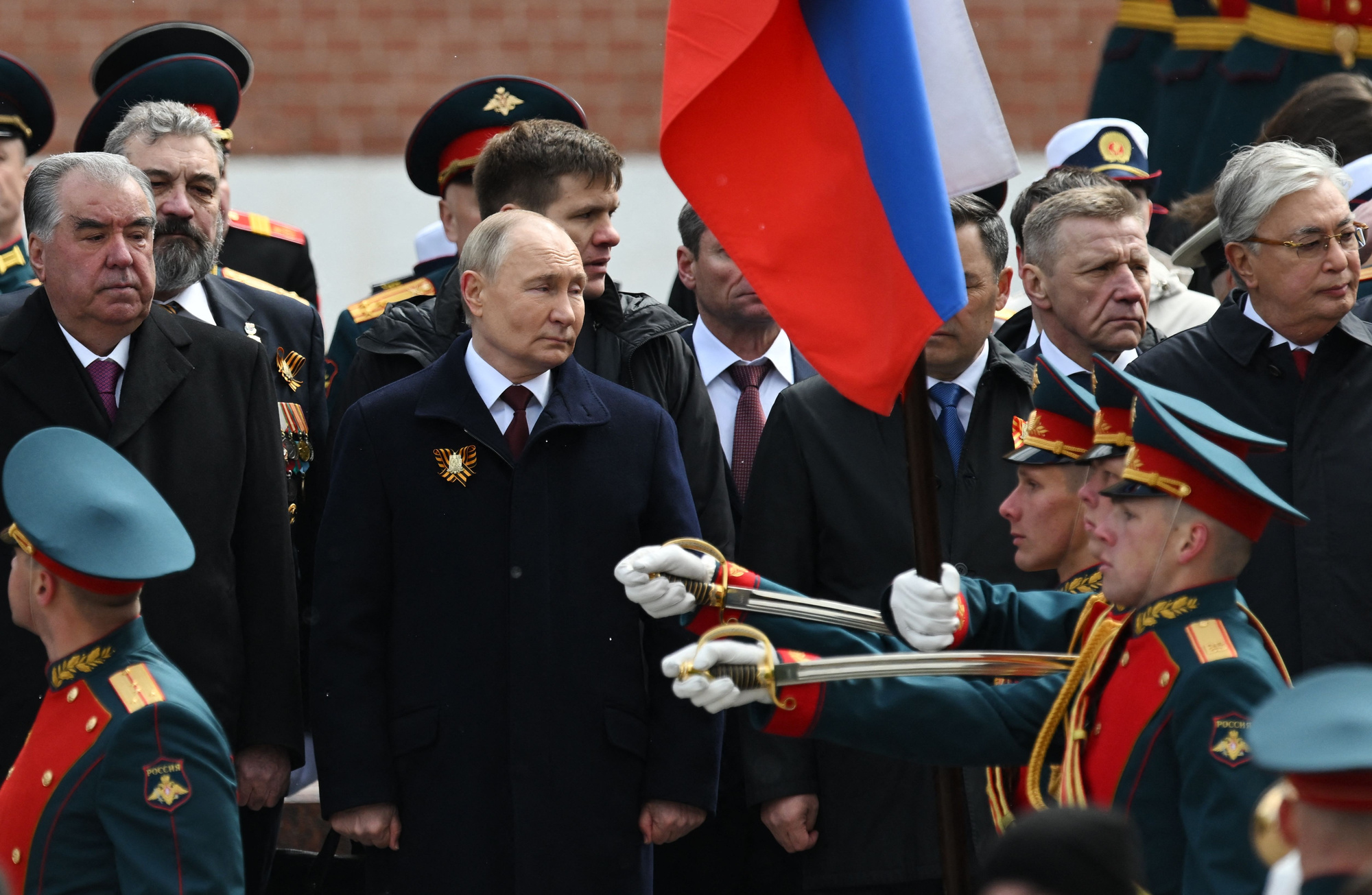
Which outcomes are preferred by Europe and the US?
The outcome of the Russo-Ukrainian War is determined by the fighting parties on the front lines and their political leaders in Moscow and Kyiv. Europe and the US can help avoid the worst scenarios.
If Europe and the US continue to fully support Ukraine, then Ukraine can eventually win the war. This scenario is clearly preferable for both parties, although the cost-benefit analysis is significantly more positive for Europe than for the US.
This is also why both the US and Europe continued to provide support in 2022 and 2023: even when Europe was relatively inactive, it was still preferable for the Americans to fully support Kyiv and prevent a Russian victory.
Similar to within NATO, Europe could exhibit some degree of ”free rider” behavior: the idea that European allies take advantage of US defense spending and Washington’s commitment to defend Europe, thereby becoming complacent, as noted by some US policymakers and commentators. With the absence of new American support over recent months, this situation has changed, and Europe’s role is becoming increasingly important.
If in 2024 or 2025, Europe or the US, whether under pressure from a shift in domestic public opinion or not, wants to minimize short-term costs, it could be a strategic choice for both players to scale back support—assuming that the other will do enough to prevent the worst-case scenario of a Russian victory.
For both parties, a “protracted conflict” where the other pays is less favorable than a Ukrainian victory, but still better than a Russian victory.
However, if both parties cease support, Russia will likely win, which is the worst outcome for both. This results in a limited number of direct benefits with very large direct and indirect costs.
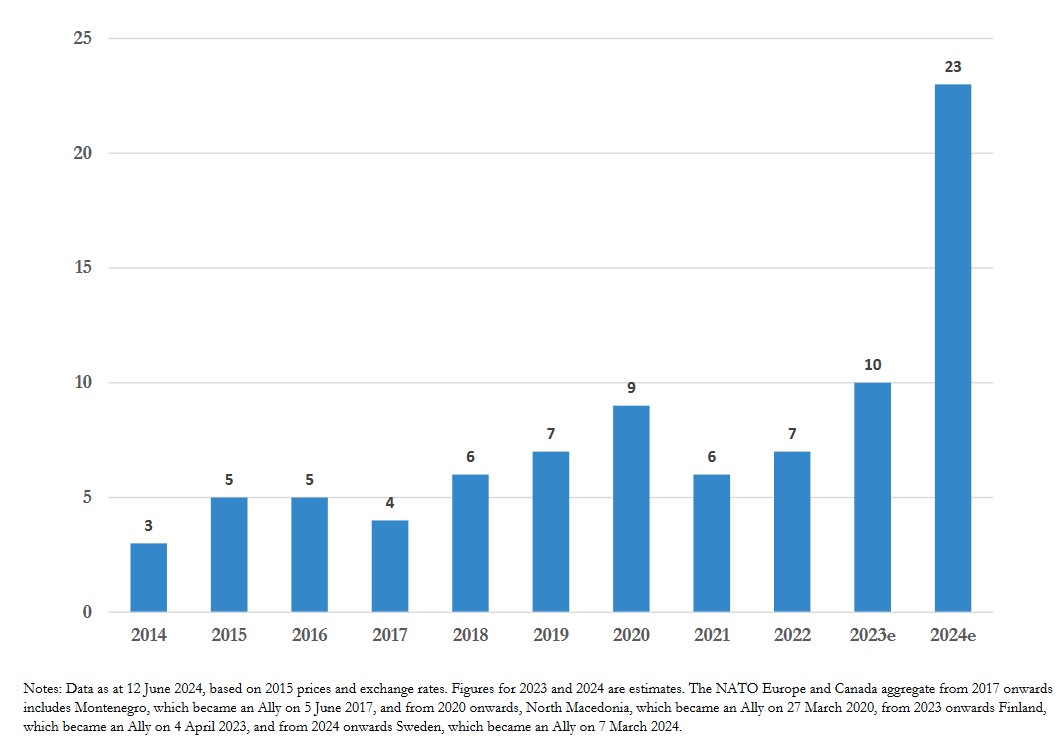
Conclusion
Both the cost-benefit analysis and the political trade-off with the United States paint a sobering picture. The authors state that it is clearly preferable for Europe to continue supporting Ukraine economically and militarily—even if the Americans scale back or actually cease their support. The costs of a Russian victory are so high that the relatively small benefits of saving a few billion euros in military support pale in comparison.
Although a protracted conflict is not desirable and does not offer a stable outcome, it is still far preferable to a Russian advance on NATO’s eastern flank. The latter scenario has very significant geopolitical and security consequences, financial and economic costs, and implications for international law.
Europe will not be able to fully compensate for the loss of American support and unilaterally enable a Ukrainian victory, especially not in the short term. However, it can prevent Ukraine from being completely defeated.
Firstly, it’s not a binary choice to support or not support; countries can provide varying degrees of assistance.
Similarly, American support isn’t black and white; the US could, for example, reduce ammunition supplies but continue to provide intelligence. Europe could also procure certain American weapons and ammunition for which there are critical shortages (such as Patriot or HIMARS
ammunition) and deliver them to Ukraine. Additionally, American defense companies could establish factories in Europe or Ukraine and issue licenses, as demonstrated by the Patriot missile production line set up in Germany.
In general, the authors note that some form of creativity is required to maintain American involvement in Ukraine, even during a potential Trump administration.
Secondly, Europe is not a monolith either: if all EU countries were to allocate the same percentage of their GDP to Ukraine as Estonia or Lithuania, Europe could significantly increase its military weight compared to the current situation where there are significant regional disparities within Europe.
Finally, there is more at stake here than just financial considerations. The Russo-Ukrainian War is a war in Europe and an attack on the international rule of law. It is therefore also a litmus test for Europe’s ability as a whole to confront military aggression.
If Europe passes this test, it will emerge on the world stage as more credible, stronger, and more united than if it were to wring its hands in dependency on domestic politics in the US and passively watch as a European country is overrun.
Read more:
- The Observer: The West can’t afford to forget about the Russian war against Ukraine
- Most allies now support Ukraine striking targets in Russia; Italy and Belgium oppose, Germany, US undecided
- “After Ukraine it’s the EU and many EU countries are scared,” French PM says
- Ukraine support cannot have limits, Macron tells French party leaders
- Zelenskyy warns of “world redistribution” and Putin’s war against EU if the West stops military aid for Ukraine
- Borrell says support for Ukraine must remain a priority for EU
- G7 affirms steadfast Ukraine backing, acknowledging Russia’s long war preparedness


